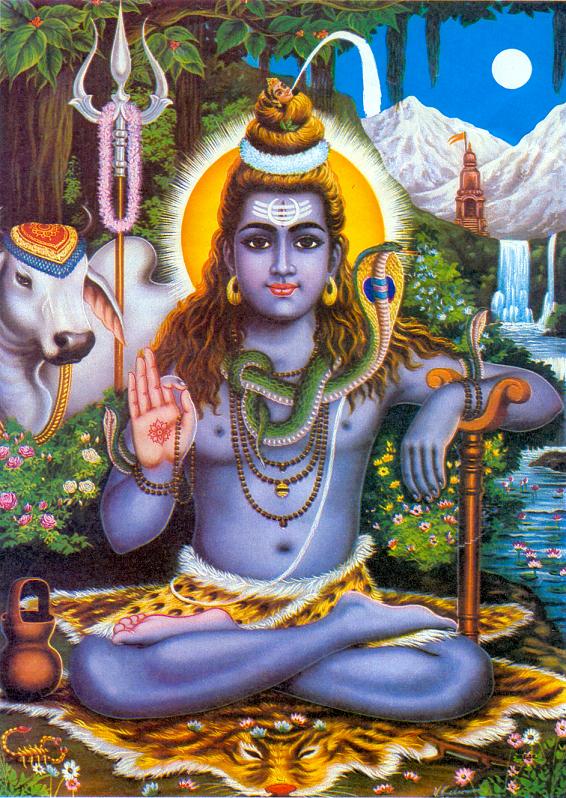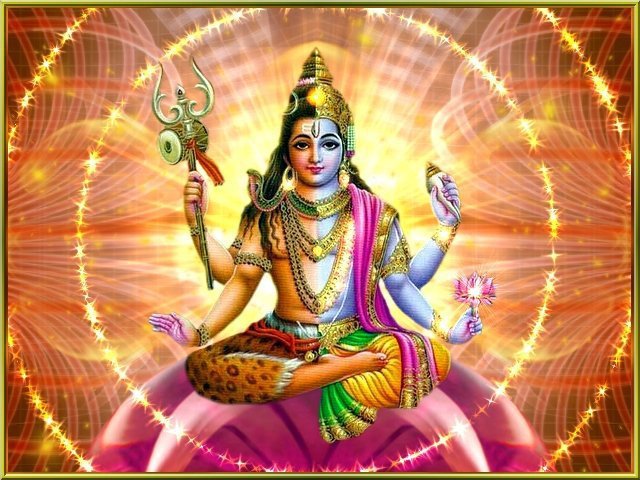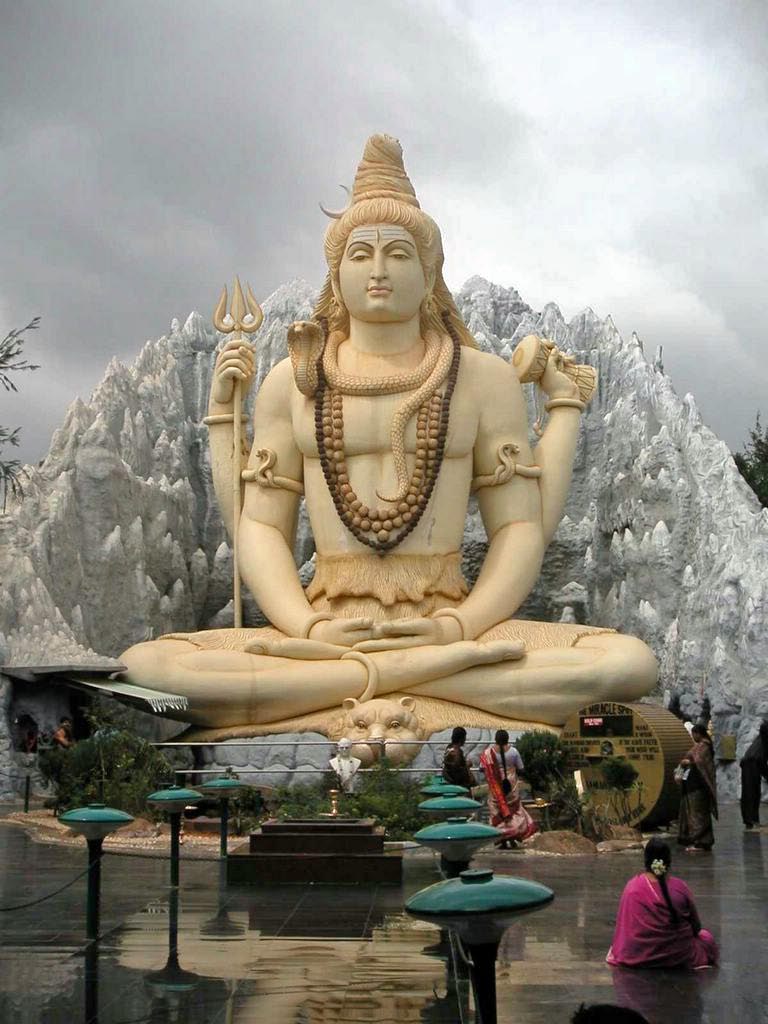Difference Between Vaishnavism and Shaivism

Vaishnavism and Shaivism are two of the four most-widely followed sects of Hinduism, prevalent primarily in India.
Even though both the sects branch off from the same religion, they have some significant differences between them.
The major difference between Vaishnavism and Shaivism is that the former identifies Lord Vishnu as the one supreme god, whereas the latter identifies Lord Shiva as the supreme power. This difference in principal belief is primarily what sets the two sects apart from each other.
Another difference between Vaishnavism and Shaivism is that the former was not just founded by one religious leader, but in fact involved the contributions of many great religious leaders. Even though Ramanujacharya is mostly given the credit for laying down the foundation of this sect, which he did to an extent, by explaining the principles of Vaishnavism, the various beliefs and philosophies were put forward by other leaders as well, namely Vedanta Desika and Yamunacharya.
In the case of Shaivism, however, the beliefs were propounded by the philosophy of Advaita, which was founded by Adi Sankara in the eighth century. He established the Advaita philosophy by gathering a few disciples and disproving a few principles of Mimamsa.
An underlining difference between Vaishnavism and Shaivism is that the former believes in the principles of qualified monism, whereas the latter believes in the oneness of living beings.
According to the Visishtadvaita philosophy by Ramanujacharya, Lord Vishnu is believed to be the supreme god Brahman, and is believed to have created everything in the world. Followers of the Vaishnavism sect of Hinduism believe that Lord Vishnu protects and sustains the universe and all that it lies in it.
In the Shaivism text, however, Lord Shiva is regarded as the supreme god Brahman. The followers of this particular branch of Hinduism believe that everything in this universe is an element of Lord Shiva. This includes human beings as well. According to the philosophy created by Sankara, the body may die, but the soul it embodies is ever-lasting and can neither be cut, nor be burnt.
The followers of Vaishnavism are referred to as Vaishnavaites, whereas the followers of Shaivism are known as Shaivaites.
Instructions
-
1
Vaishnavism
Based on the philosophy created by Ramanujacharya, Vaishnavism is a major branch of Hinduism, focusing on the supremacy of Lord Vishnu and unified monism.
Image courtesy: harekrishnainfo.blogspot.com

-
2
Shaivism
Shaivism is one of the four major branches of Hinduism, focusing on the supremacy of Lord Shiva and the belief that everything in the universe is an element of the supreme god.
Image courtesy: virendraqazi.blogspot.com







